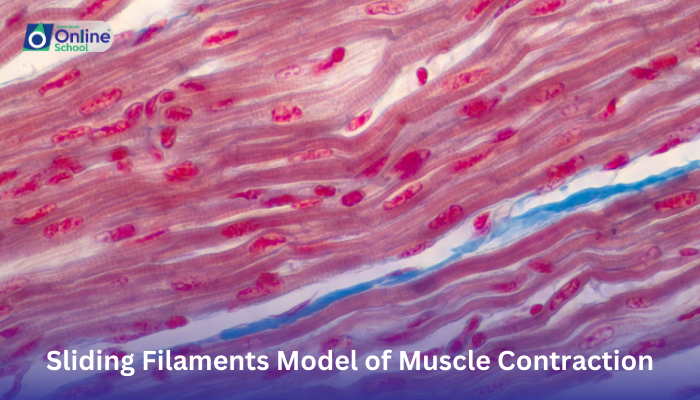
Learning Outcomes:
i. Explain the sliding filaments model of muscle contraction, describing the roles of actin, myosin, and ATP in this process.
ii. Understand how the interaction between actin and myosin filaments generates force and leads to muscle shortening.
iii. Appreciate the elegance and efficiency of this mechanism in powering our movements.
Introduction:
Imagine a microscopic tug-of-war happening within your muscles – a battle between tiny filaments called actin and myosin. This epic wrestling match isn't just for entertainment; it's the essence of muscle contraction, the driving force behind every movement you make. Today, we'll dive into the fascinating world of the sliding filaments model, revealing the intricate dance that powers our every step, jump, and flex.
i. The Players of the Contraction Game:
Actin: These thin, string-like filaments are the anchors, arranged in neat rows within the muscle fibers.
Myosin: These thick, motor-powered filaments are the movers, equipped with tiny heads that can grab onto actin.
ATP: This molecule is the fuel, providing the energy for myosin's muscular movements.
ii. The Tug-of-War Begins:
The signal arrives: When your brain sends a message to contract a muscle, calcium ions flood into the muscle fibers.
Calcium activates the game: These ions bind to a protein called troponin, which removes tropomyosin – a cover that previously blocked myosin from reaching actin.
Myosin makes its move: Now exposed, the myosin heads reach out and grab onto the actin filaments.
The powerstroke: Fueled by ATP, each myosin head bends, pulling the actin filament towards itself.
A chain reaction: As all the myosin heads pull together, the actin filaments slide past the myosin filaments, shortening the muscle fiber.
The relaxation phase: When the calcium signal fades, troponin and tropomyosin block myosin again, and the muscle fiber relaxes.
iii. The Beauty of the Mechanism:
The sliding filaments model is a marvel of efficiency and precision:
Minimal movement, maximum power: The filaments slide past each other, generating force without extensive muscle shortening.
Precise control: The calcium signal and protein interactions ensure that contractions are controlled and targeted.
Fuel efficient: ATP is used only during the power stroke, making it a well-conserved energy source.
iv. The Symphony of Movement:
This microscopic dance of actin and myosin powers every movement, from the delicate touch of a fingertip to the explosive power of a jump. It allows us to walk, run, climb, and perform countless other actions, making the sliding filaments model a central player in the symphony of human movement.
The sliding filaments model is a testament to the elegance and complexity of the human body. By understanding how this intricate dance of proteins and molecules generates force and movement, we gain a profound appreciation for the incredible machinery that powers our every action. So, the next time you take a step, remember the silent battle within your muscles, a microscopic ballet where actin and myosin collaborate to fuel your every move.